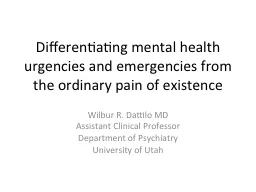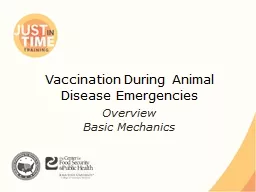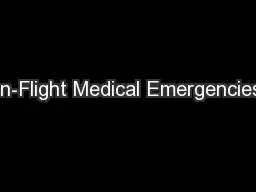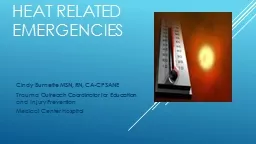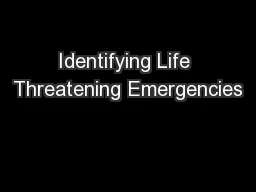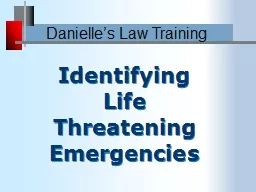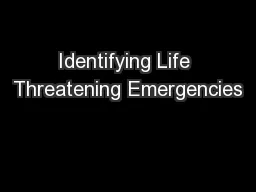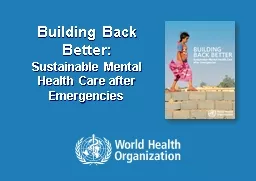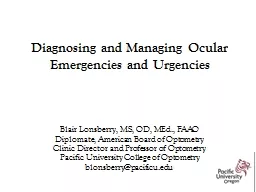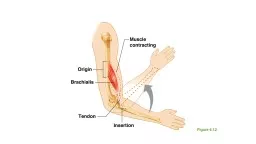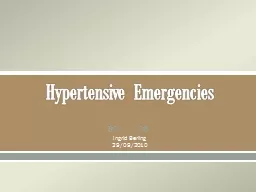PPT-Differentiating mental health urgencies and emergencies from the ordinary pain of existence
Author : CutiePie | Published Date : 2022-08-04
Wilbur R Dattilo MD Assistant Clinical Professor Department of Psychiatry University of Utah Life is suffering Everyone sometimes feels depressed sad lonely anxious
Presentation Embed Code
Download Presentation
Download Presentation The PPT/PDF document "Differentiating mental health urgencies ..." is the property of its rightful owner. Permission is granted to download and print the materials on this website for personal, non-commercial use only, and to display it on your personal computer provided you do not modify the materials and that you retain all copyright notices contained in the materials. By downloading content from our website, you accept the terms of this agreement.
Differentiating mental health urgencies and emergencies from the ordinary pain of existence: Transcript
Download Rules Of Document
"Differentiating mental health urgencies and emergencies from the ordinary pain of existence"The content belongs to its owner. You may download and print it for personal use, without modification, and keep all copyright notices. By downloading, you agree to these terms.
Related Documents

